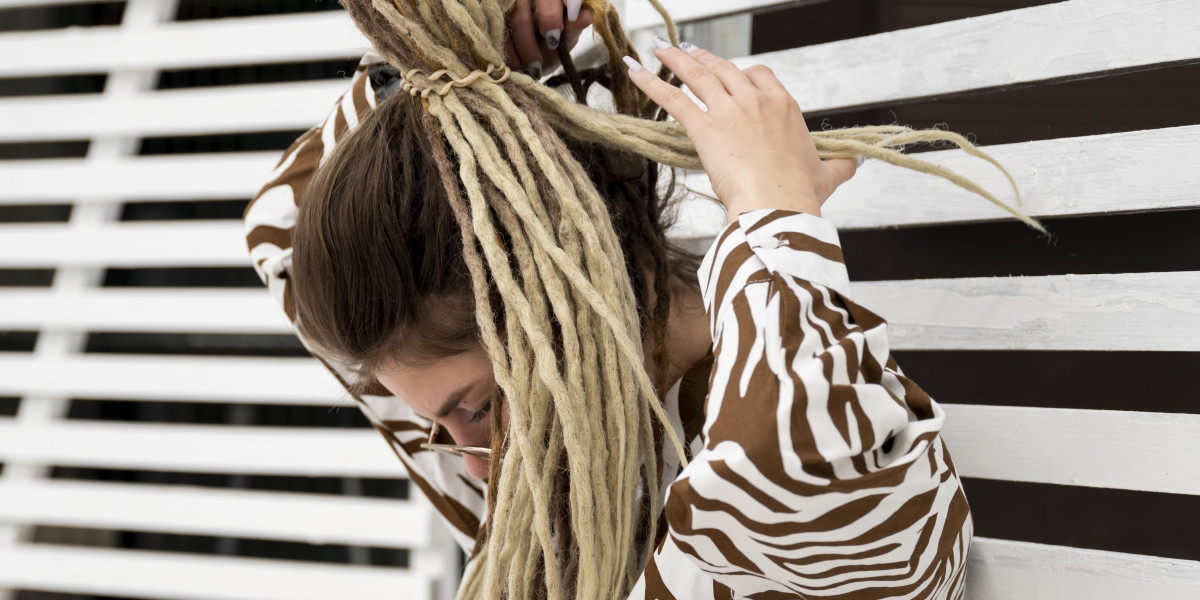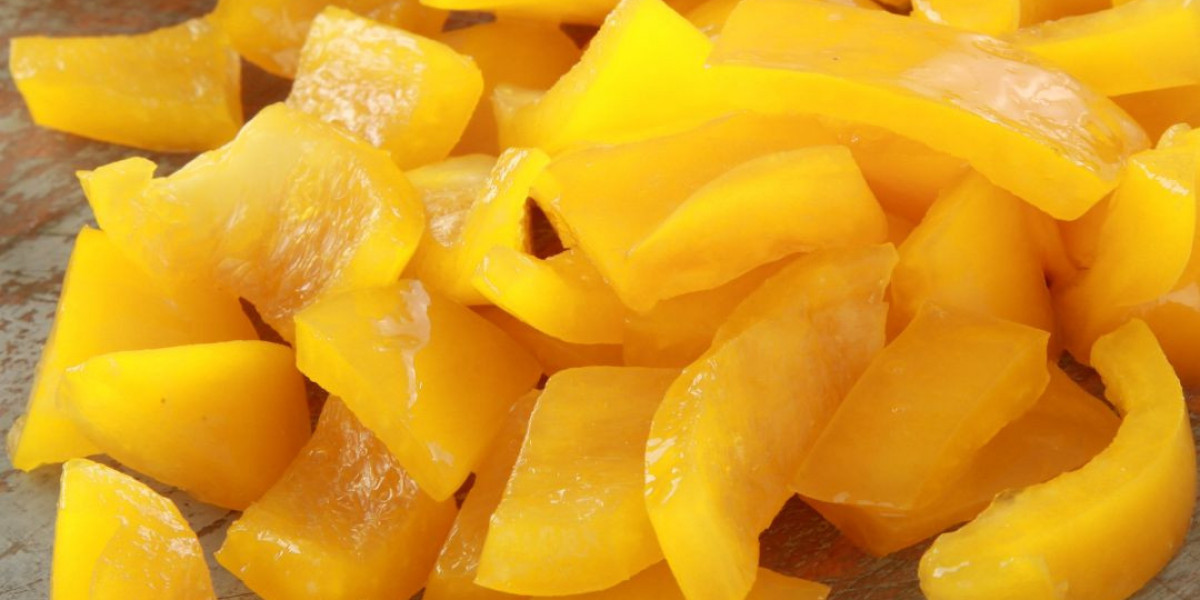Protective styling is highly effective for achieving longer, stronger, and healthier hair. Braids and twists are the most popular protective styles among natural hair enthusiasts. If you’re contemplating which style suits your hair and goals better, braids vs twists, this guide will help you decide. Keep reading to find out which protective style is right for you!
Braids vs. Twists: Hairdo Showdown - Pick Your Winner!
The main difference between these two hairstyles lies in their techniques. Braids involve weaving three equal strands of hair together to form a stretched plait, while twists are made by wrapping two equal strands around each other.
Braids can be done using just your natural hair or with synthetic braiding hair extensions. They can also be incorporated into wigs for versatile styling options.
What Exactly Are Twists in Hairstyling?
Twists are a simple yet versatile hairstyle achieved by intertwining two sections of hair, known as the two-strand twist. Suitable for short, medium, and long hair, twists can vary in thickness depending on how tightly or loosely they are wrapped. Tighter twists maintain their shape better, while looser twists require more product for hold.
Beyond the basic two-strand twist, numerous variations exist, such as spring twists, Senegalese twists, Marley twists, and Havana twists. Each style offers distinctive options for different looks and hair textures, showcasing the flexibility of twisted hairstyles in diverse settings.
For those exploring braids vs. twists, twists are favored for their ease of maintenance and quick styling benefits, particularly for kinky and coily hair types. Whether opting for a neat, uniform twist or experimenting with more textured twists, this style caters to a wide range of preferences and occasions.
What Are Braided Hairstyles?
Braid hairstyles are often the first hairstyles many of us learn as kids. To create a braid, you'll need to section your hair into three even pieces—one more section than for a two-strand twist. These three sections are then interwoven over and under each other from root to tip, forming a braid.
Similar to twists, braids offer a variety of styles. They can be braided from root to tip as a plait or closer to the scalp as a Dutch or French braid. Additionally, you can add hair extensions to most braided styles to enhance volume and length. Natural hair also has numerous protective styles incorporating pre-stretched braids, such as box braids, cornrows, Goddess braids, and heart braids.
Applying Mimosa Hair Honey can provide moisture and relief if your braids feel too tight. This product helps soothe the scalp and alleviate the tension caused by tight braids, making your protective style more comfortable. With so many options available, synthetic braiding hair remains a popular choice for everyday wear and special occasions.
Twists vs. Braids: Which Lasts Longer?
Whether twisting or braiding hair last longer depends on various factors, as everyone's hair is unique. Here are key factors that influence the longevity of these protective styles:
- Hair Type and Texture: Coarser hair may hold twists better, while finer hair might fare well with braids. Each hair type interacts differently with these styles, affecting their longevity.
- Section Size: Smaller sections tend to stay intact longer. Larger sections, whether in twists or braids, are more prone to unraveling.
- Maintenance: Twists may require occasional retwisting to maintain their shape, especially if they become frizzy or loose. Braids, including cornrows, might need touch-ups in areas that loosen over time.
- Environmental Factors: Humidity, wind, and other environmental conditions can impact the durability of both styles. Hot and humid climates may cause twists and braids to unravel more quickly.
To find the ideal hairstyle for your hair type, it is recommended that you consult a professional hair braider. They possess the expertise to evaluate your hair's texture and type, clarify distinctions between twists and braids, and suggest the most suitable option that aligns with your specific requirements for durability.
Moreover, they offer valuable maintenance advice to assist in preserving your protective hairstyle's freshness over time. Ultimately, selecting the best style hinges on understanding your unique hair characteristics and commitment to maintaining the look. Consulting a professional ensures you make an informed decision tailored to optimize style and longevity.
Twist or Braid: What's Your Style Choice?
Both twists and pre-stretched braid extensions effectively retain moisture, making them excellent choices for protective styles. The key differences between braids and twists lie in the installation time, durability, and suitability for different hair types.
Twists are ideal for quick, low-tension styling, especially for kinky or oily hair types, though they may not last as long as box braids or similar styles. On the other hand, box braids offer long-lasting results with minimal upkeep, making them perfect for those willing to invest more time initially. Assess your priorities to choose the best option for your needs, ensuring your hair remains protected and stylish. Ready to rock your fabulous new summer look?










